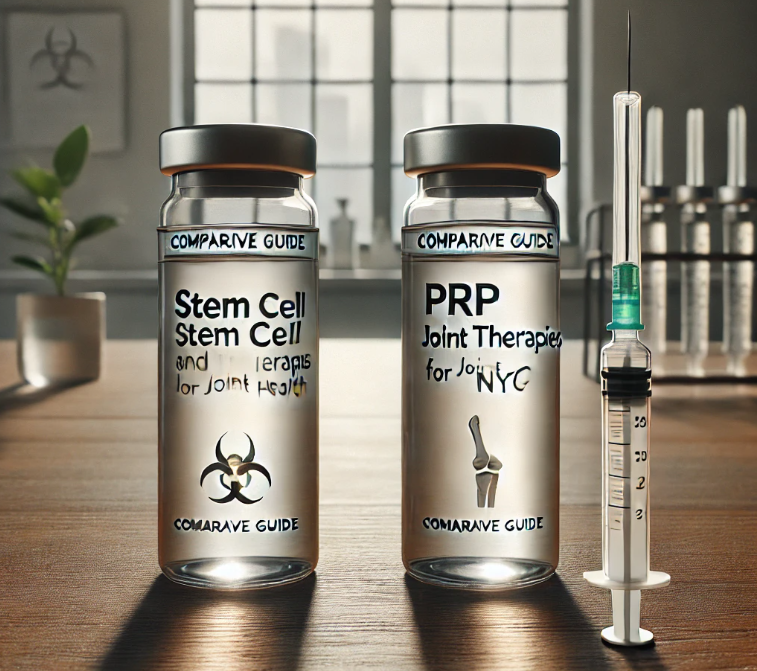Comparative Guide: Evaluating Stem Cell and PRP Therapies for Joint Health in NYC

New York City’s dynamic medical scene is witnessing a surge in advanced treatment options for joint rehabilitation, with Stem Cell and Platelet-Rich Plasma (PRP) therapies at the forefront. These therapies, embraced by leading clinics across the city, offer hope and pain relief to patients suffering from joint ailments due to conditions like arthritis or injuries. This guide provides an in-depth comparison between these two regenerative medicine techniques, including insights from NYC’s top medical experts and real-life patient outcomes.
Key Differences: Stem Cell vs. PRP Therapy
Stem Cell Therapy harnesses the power of stem cells to regenerate and repair damaged tissues within the body. These cells are pluripotent, meaning they have the capacity to turn into any type of cell that the joint might need to repair itself, including cartilage, which is often worn down in arthritic conditions.
PRP Therapy uses a patient’s own blood, concentrated to enhance the levels of platelets rich in growth factors. These factors are essential for healing as they stimulate tissue regeneration and increase blood flow to affected areas, speeding up recovery times for injuries associated with joints.
Effectiveness in Treating Joint Conditions
Stem Cell Therapy is often viewed as a more comprehensive treatment for severe joint damage, particularly where there is significant cartilage loss, as it can potentially regenerate these structures, not just alleviate symptoms. Dr. Jonathan Cart, a regenerative medicine specialist in Manhattan, remarks, “Stem cell treatments can be transformative, offering the potential to rebuild joint cartilage and drastically improve quality of life for patients with severe degenerative diseases.”
PRP Therapy, while effective, typically excels in treating acute joint injuries and is less invasive. Dr. Alicia Monroe, a sports rehabilitation expert in Brooklyn, states, “For athletes and active individuals, PRP can reduce downtime significantly, often getting them back into action much quicker than traditional methods.”
Comparative Success Rates and Patient Experiences
In NYC, clinics report varied success depending on the therapy and the specific condition treated. A notable case involved a professional ballet dancer from Upper Manhattan who returned to the stage after a series of PRP injections helped heal an aggravated knee injury. Another patient, a retired police officer dealing with severe shoulder arthritis, found relief with stem cell therapy, which significantly reduced his pain and restored range of motion.
Considerations: Cost and Treatment Accessibility
The cost of each therapy can vary significantly. Stem cell therapy is generally more expensive due to the complexity of the procedures involved. PRP, being less technologically demanding, usually comes at a lower cost and is more likely to be covered by health insurance plans when indicated for certain medical conditions.
Guidance from NYC Experts
Dr. Elena Ocher, renowned for her expertise in both treatments, advises, “The choice between stem cell and PRP therapy should consider the patient’s specific condition, their overall health, and their recovery goals. It’s not one-size-fits-all; personalized treatment plans are crucial.”
Final Thoughts
As New Yorkers explore options for joint rehabilitation, both Stem Cell and PRP therapies stand out as effective, though their suitability varies based on individual circumstances. Consulting with experienced specialists who can offer customized advice is crucial. Whether aiming for a return to peak physical performance or seeking relief from chronic joint pain, the innovations in regenerative medicine within NYC continue to offer new pathways to recovery.